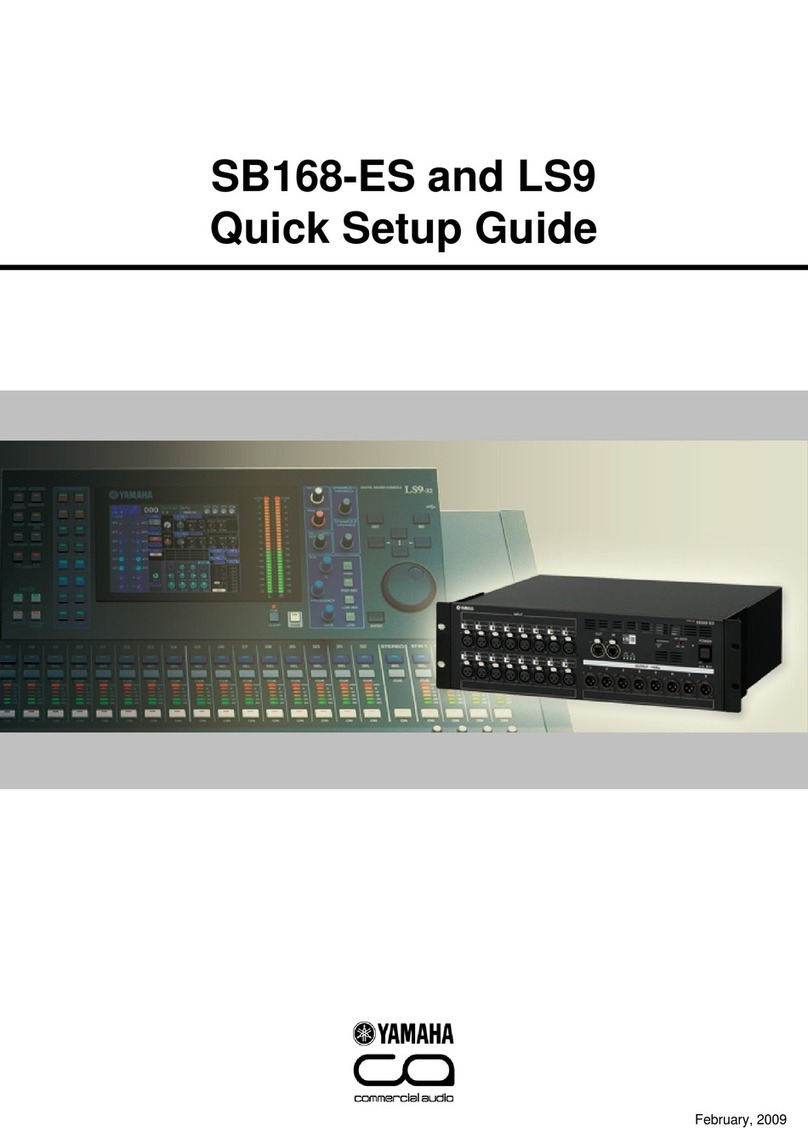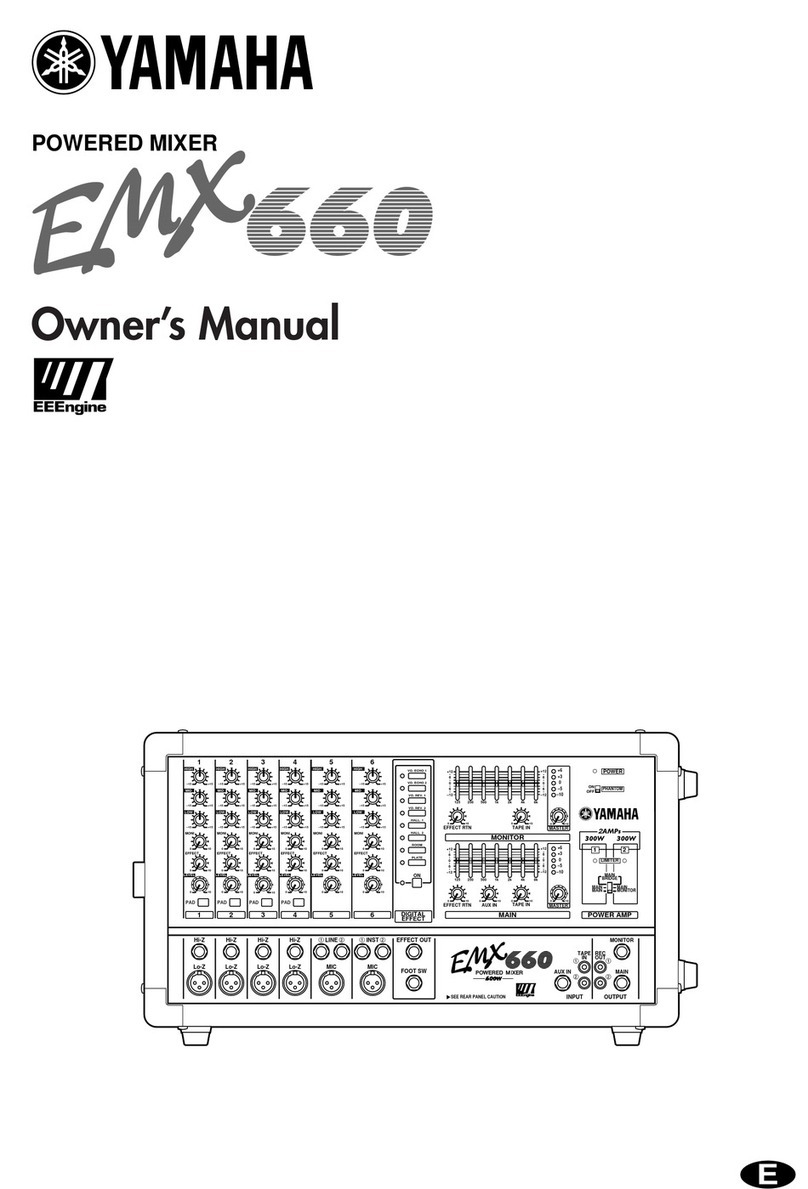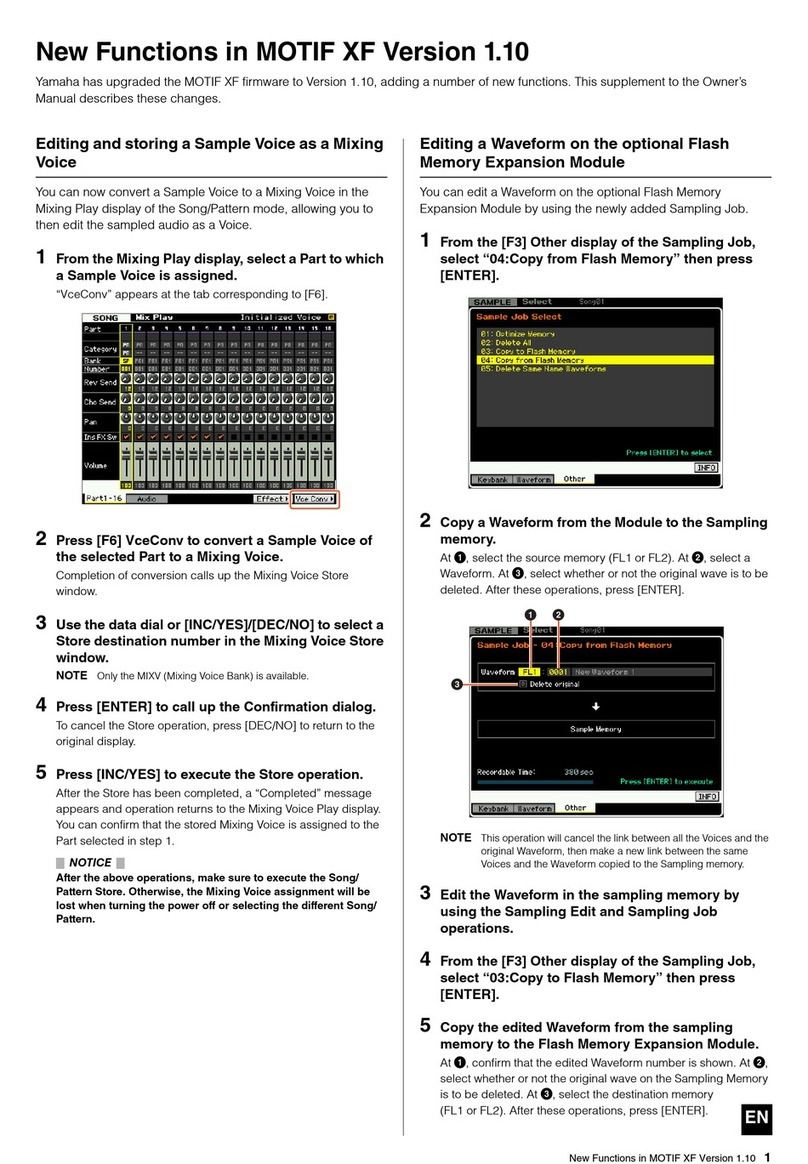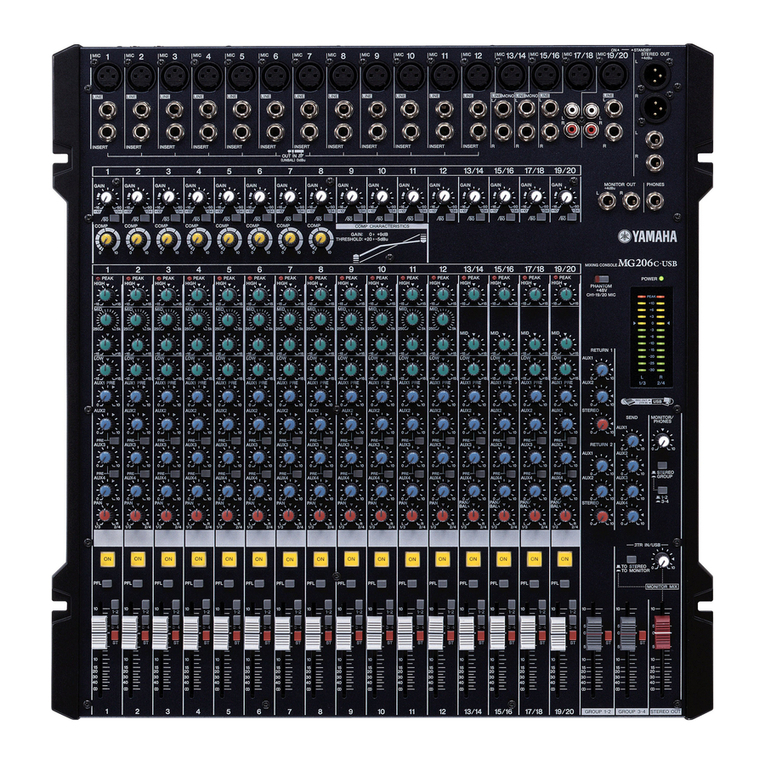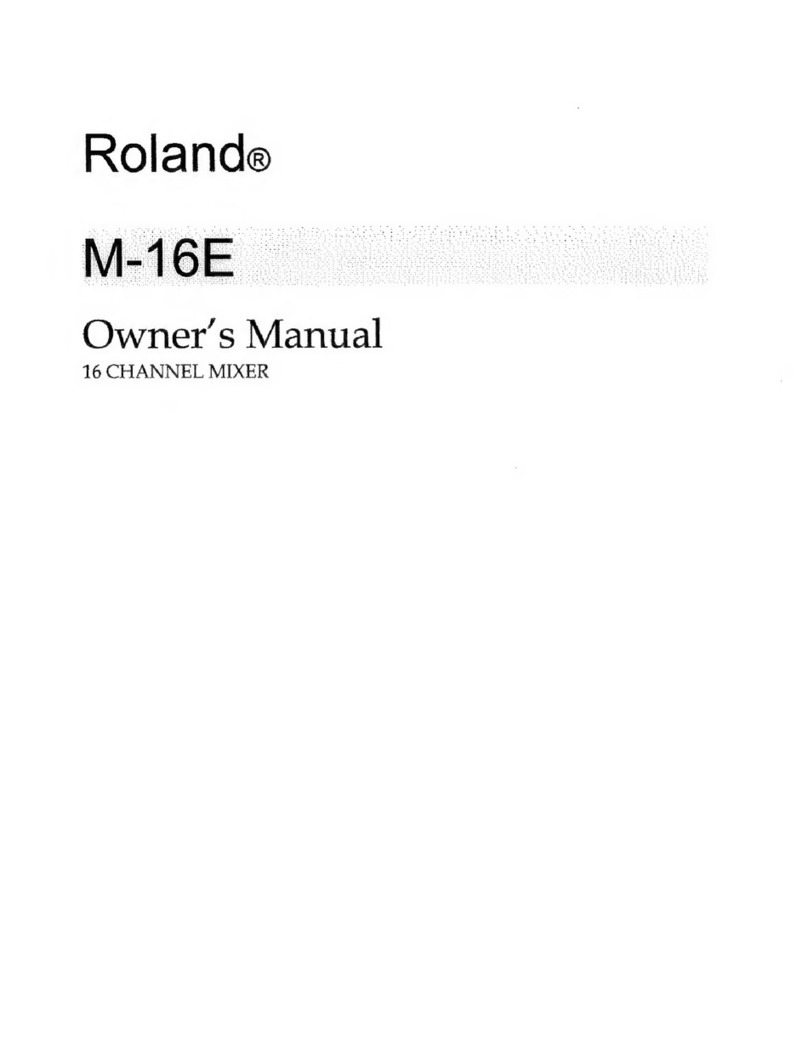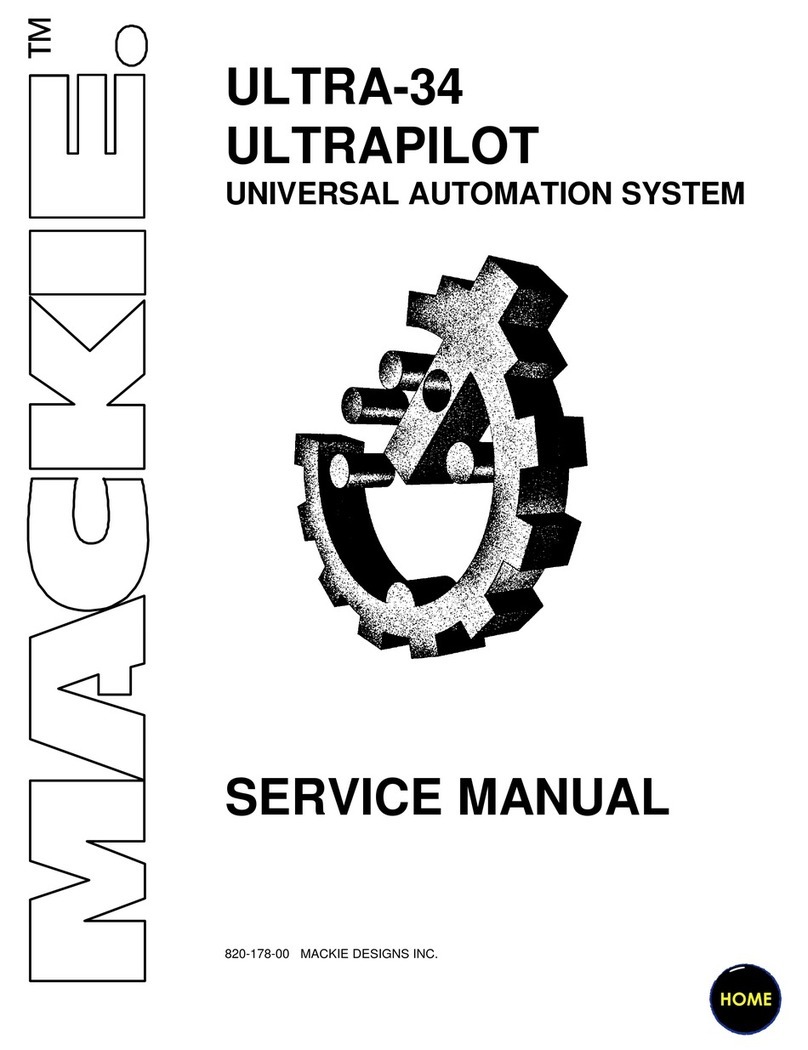Yamaha MM30 User manual
Other Yamaha Music Mixer manuals

Yamaha
Yamaha MG 166CX-USB User manual
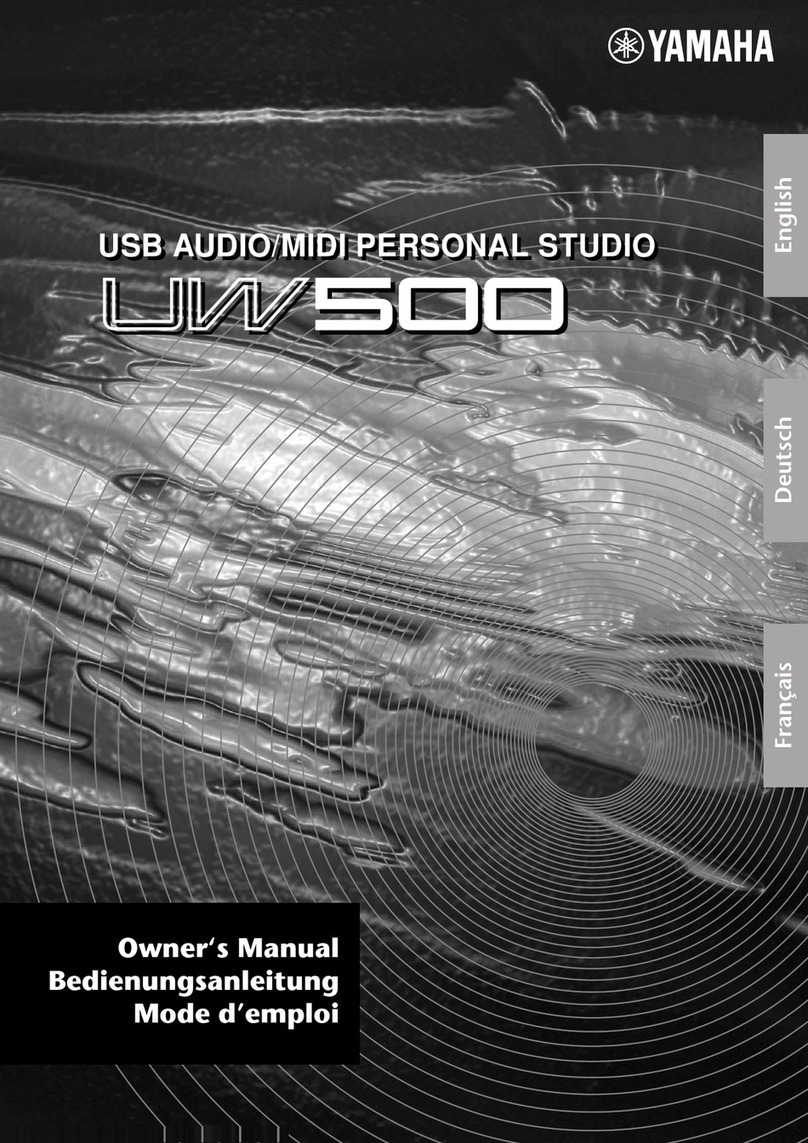
Yamaha
Yamaha UW500 Assembly instructions
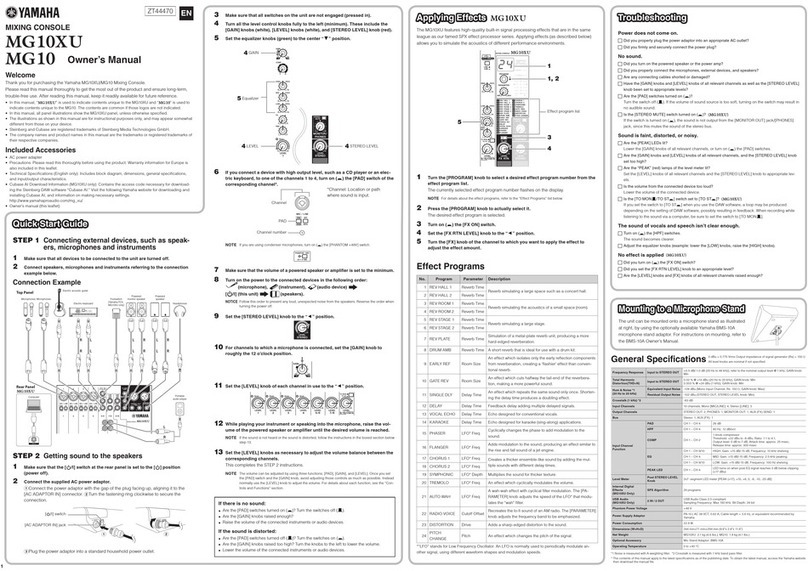
Yamaha
Yamaha MG10 User manual
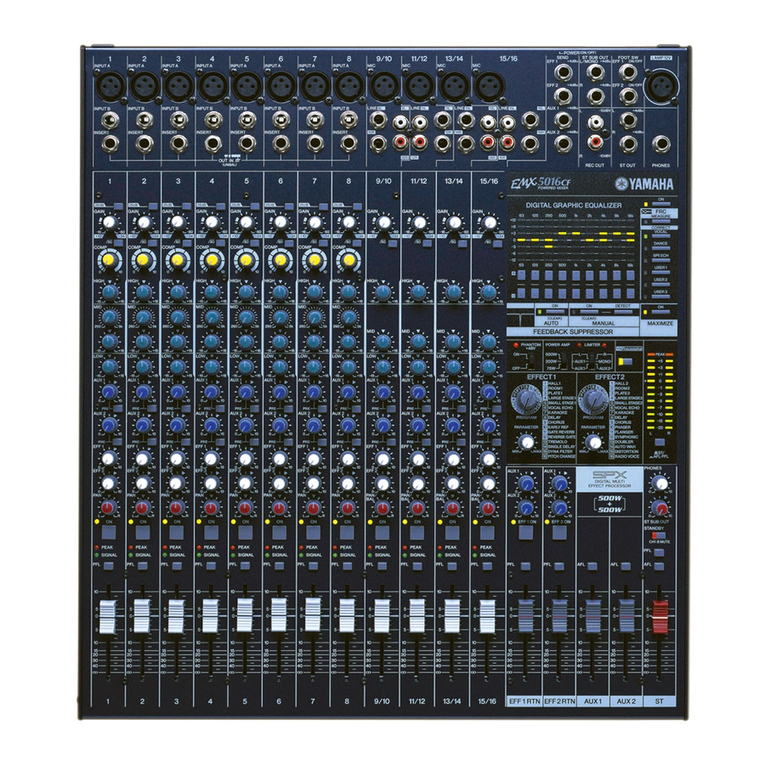
Yamaha
Yamaha EMX5016CF User manual
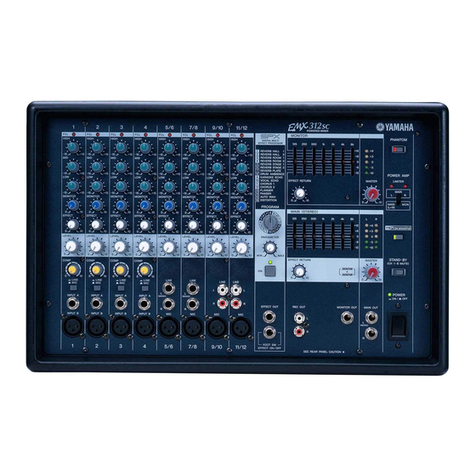
Yamaha
Yamaha EMX212S User manual
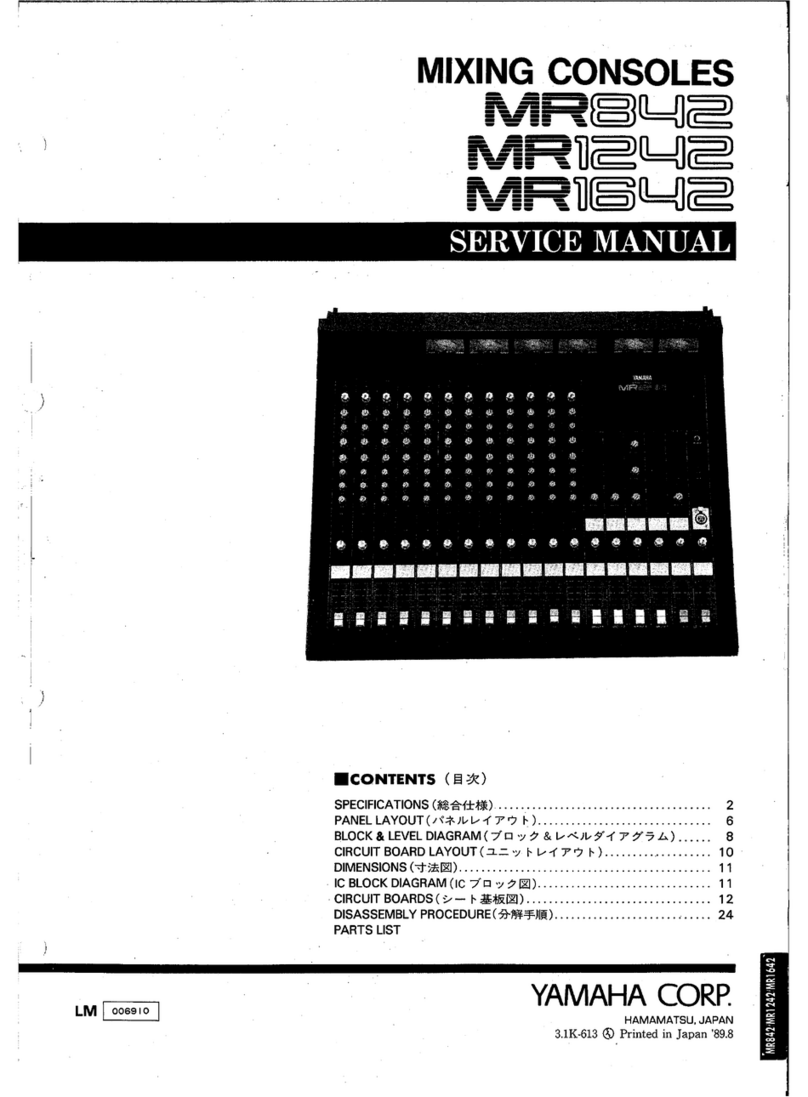
Yamaha
Yamaha MR1642 User manual
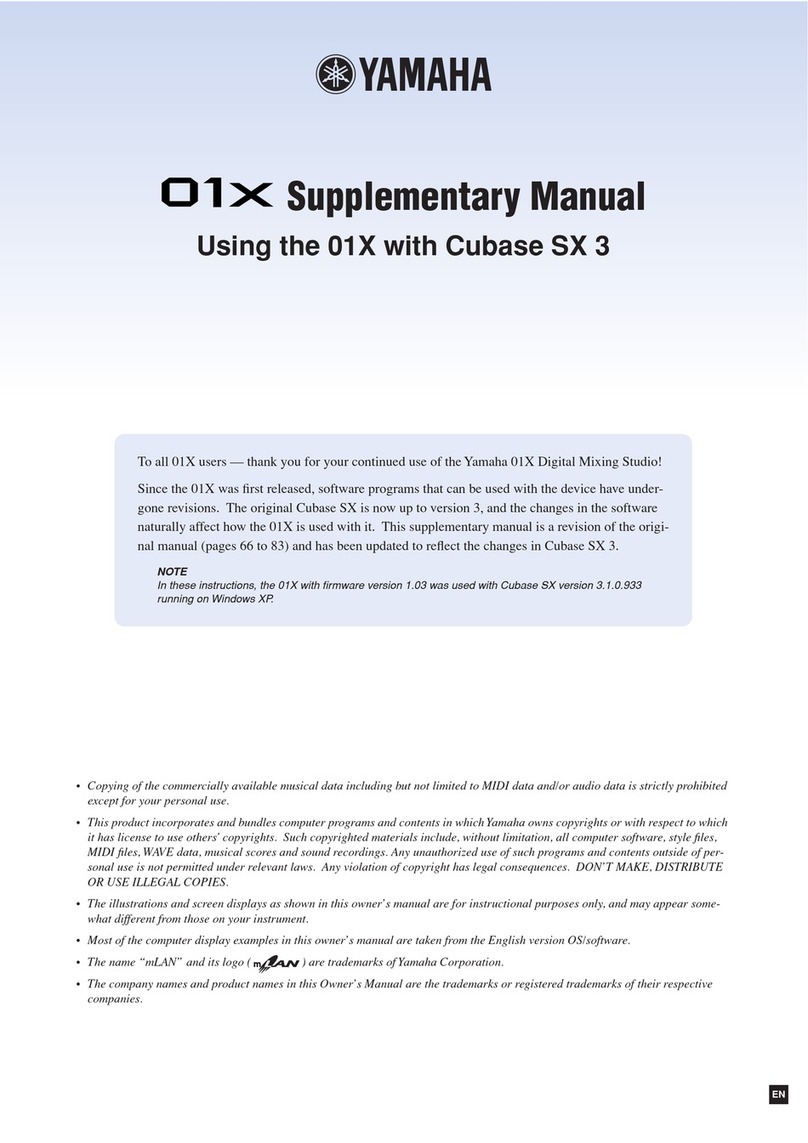
Yamaha
Yamaha 01x Instructions and recipes
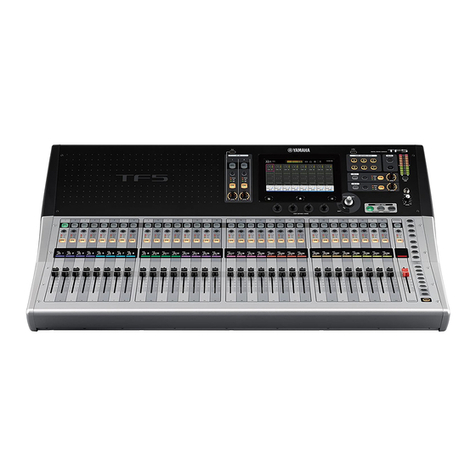
Yamaha
Yamaha TF5 User manual
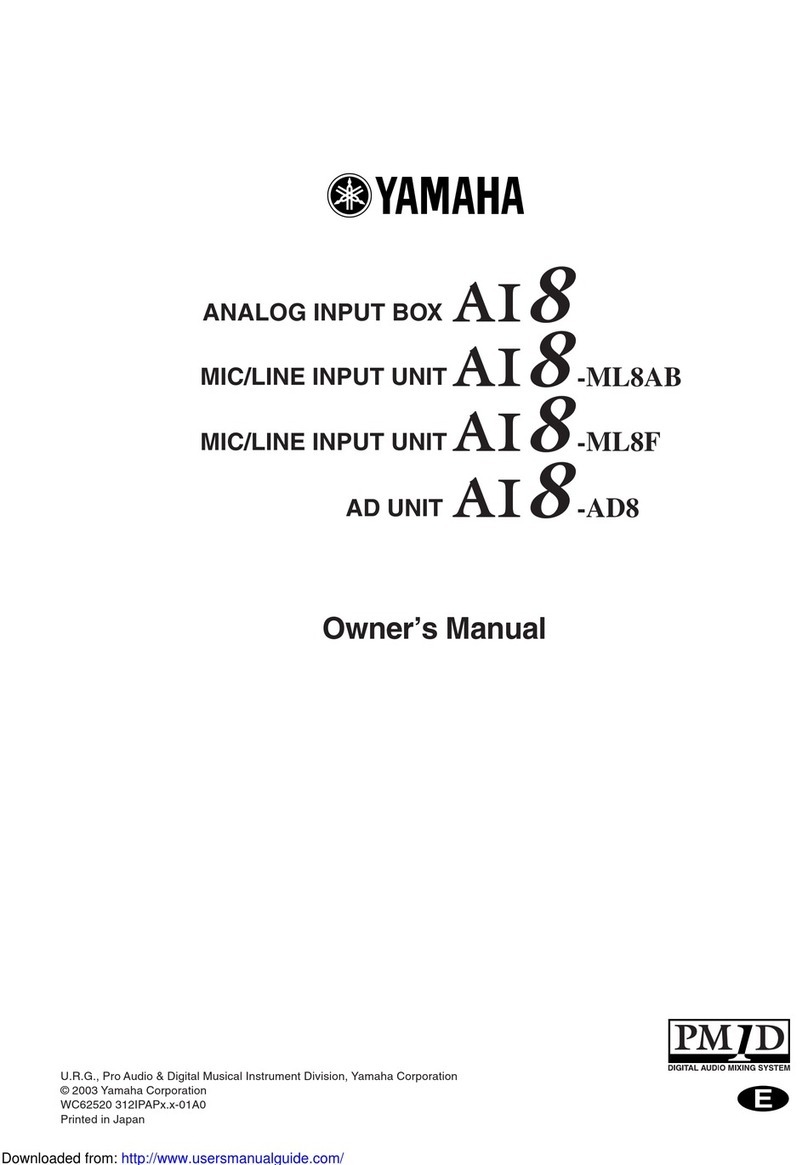
Yamaha
Yamaha AI8-ML8F User manual
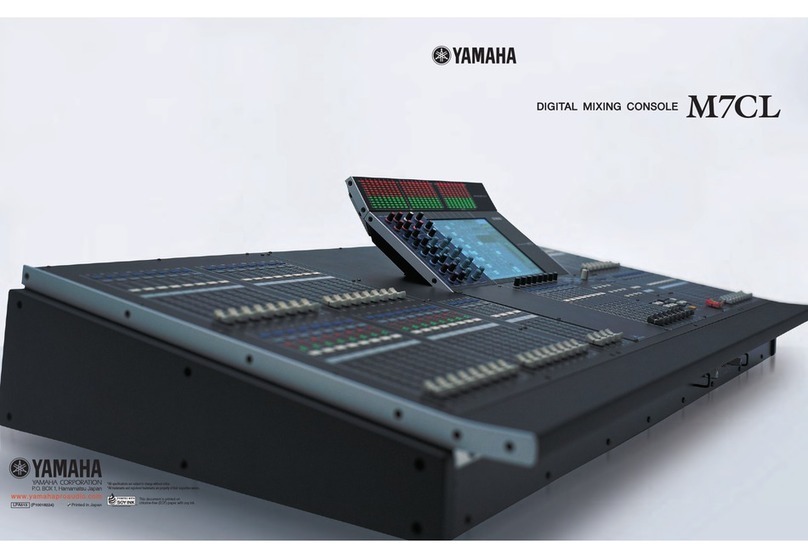
Yamaha
Yamaha M7CL StageMix V1.5 User manual
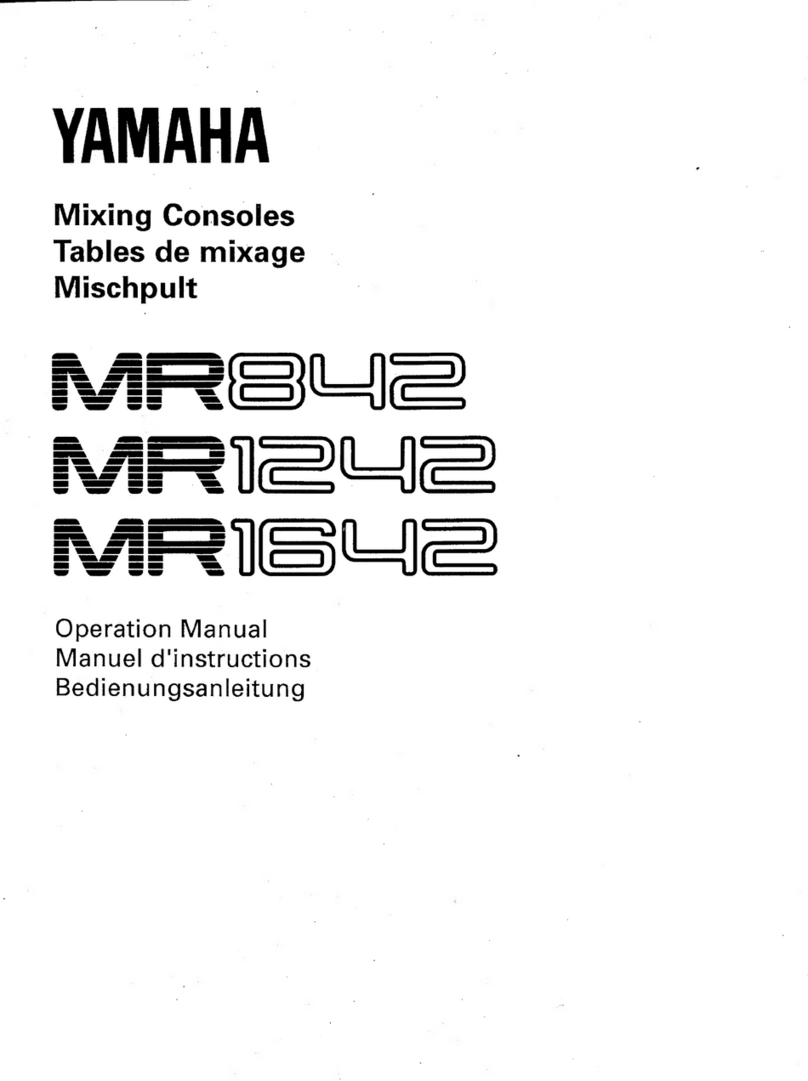
Yamaha
Yamaha MR Series User manual
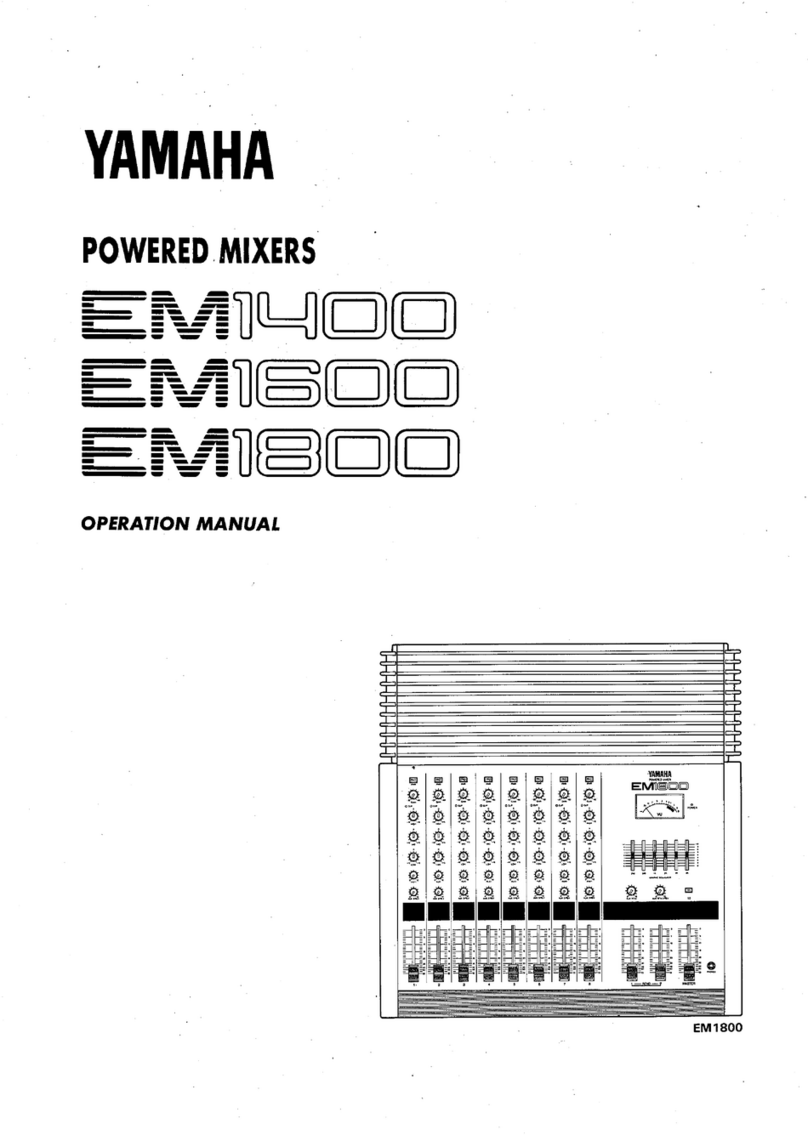
Yamaha
Yamaha EM-1400 User manual

Yamaha
Yamaha MC1203 User manual
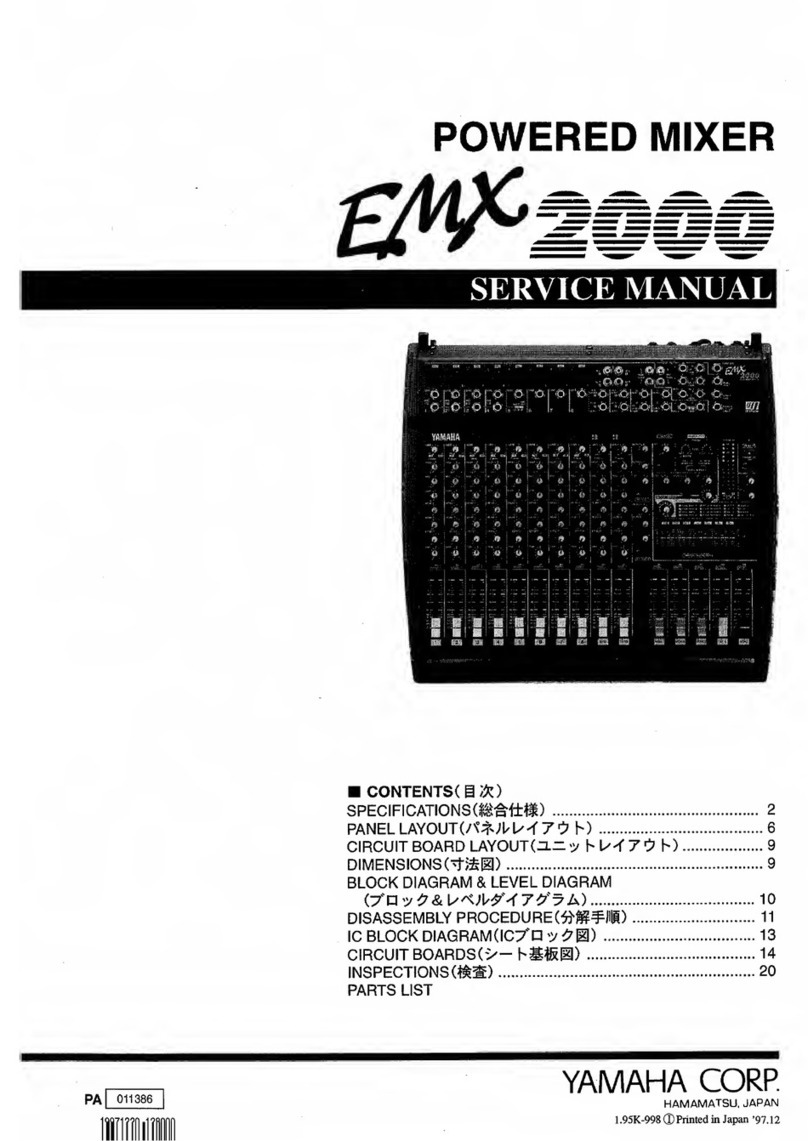
Yamaha
Yamaha EMX 2000 User manual
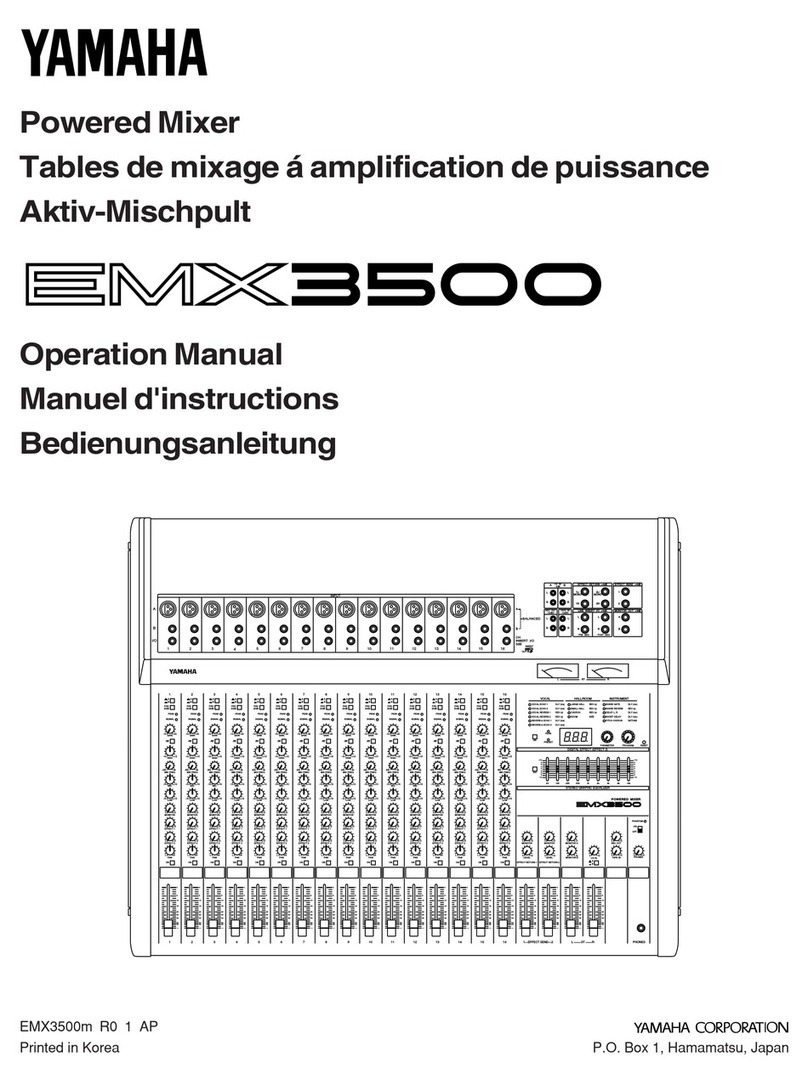
Yamaha
Yamaha EMX3500 User manual
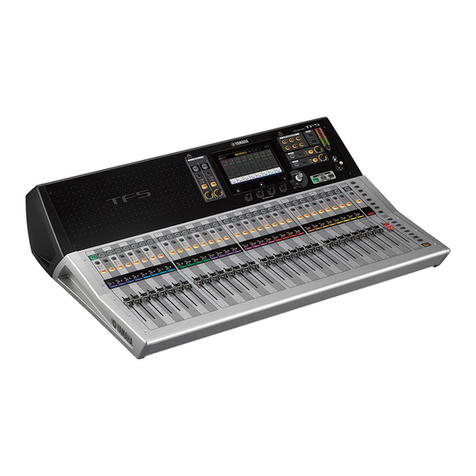
Yamaha
Yamaha RACK User manual

Yamaha
Yamaha M2000 User manual

Yamaha
Yamaha MG16/6FX User manual
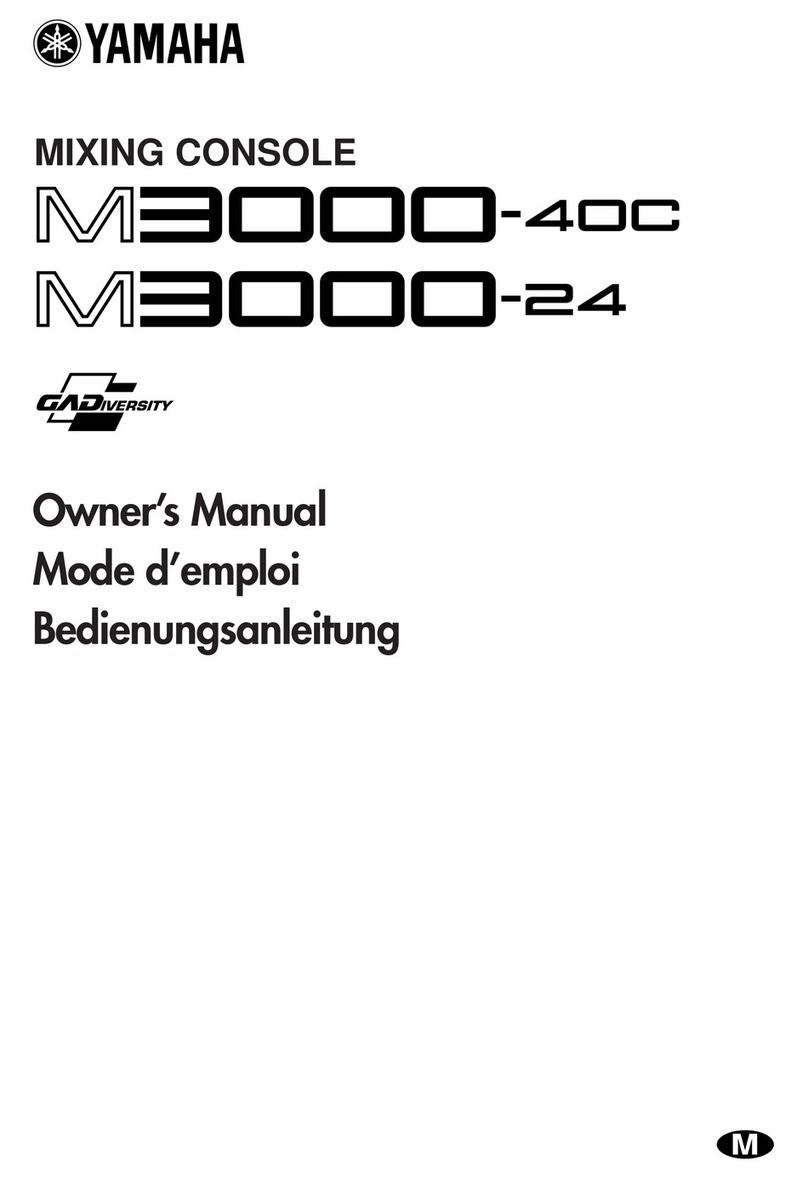
Yamaha
Yamaha M3000-24 User manual
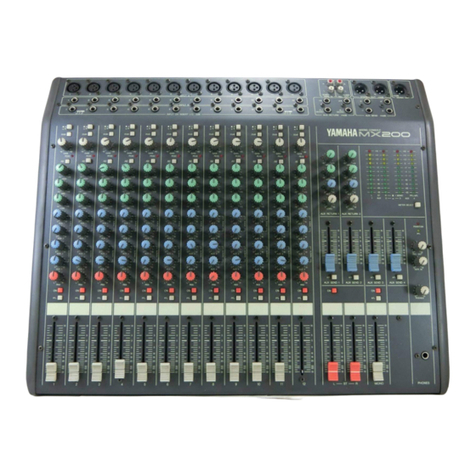
Yamaha
Yamaha MX200-12 User manual
